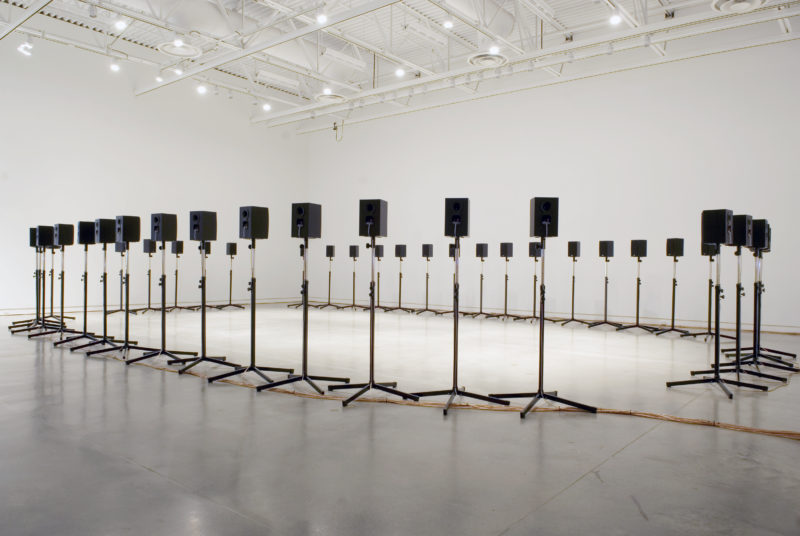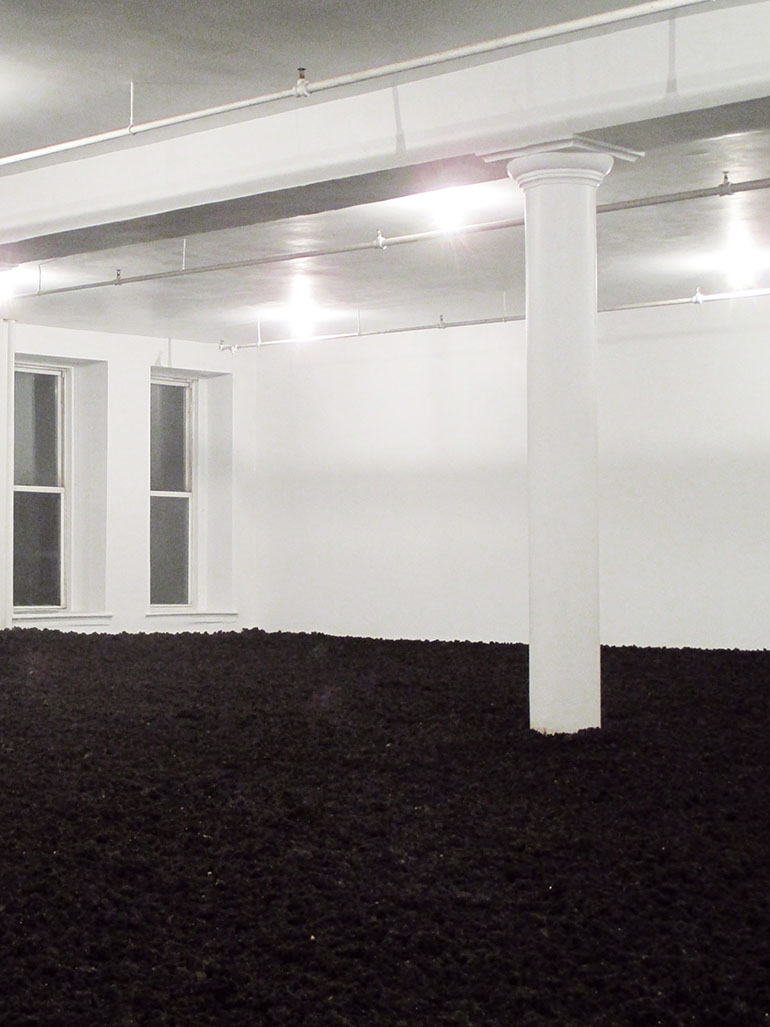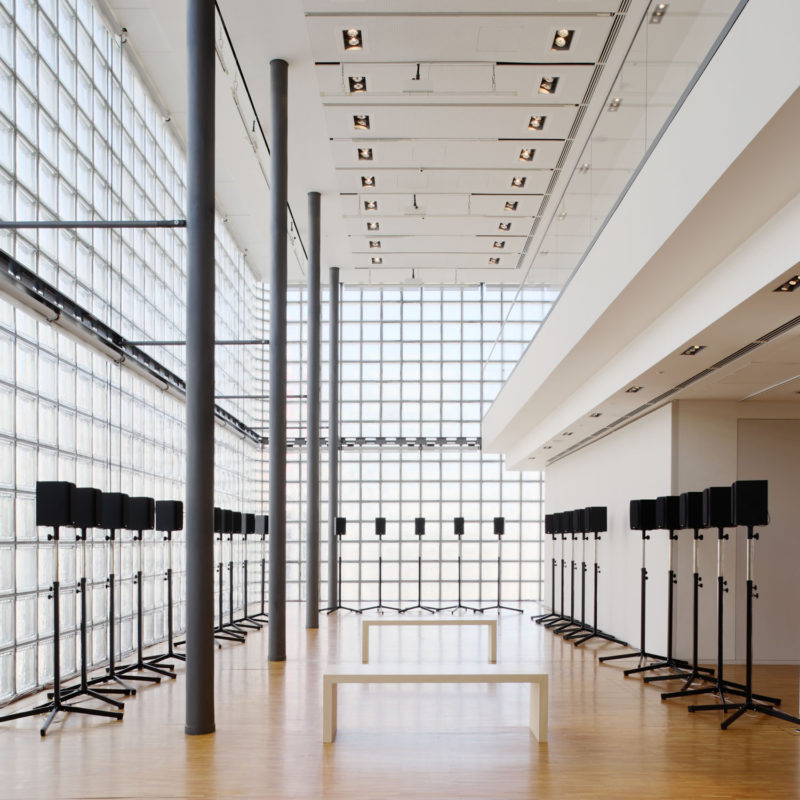
Introduction
Can you imagine the sound effect that will be produced by a whopping 40 loudspeakers placed in an empty room? Now imagine that this room is designed to overlook a garden? This is the Forty Part Motet art marvel, which was created and installed by Janet Cardiff 1. Made in 2001, the Forty Part Motet is hosted by the Richmond Chapel in Penzance. The chapel, which had been formerly closed to the public as a place of worship, now invites people to come and marvel at this art piece that equally speaks to the spirit.
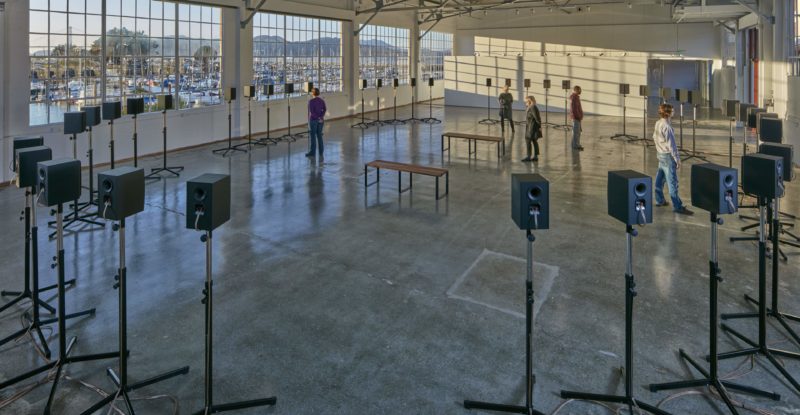
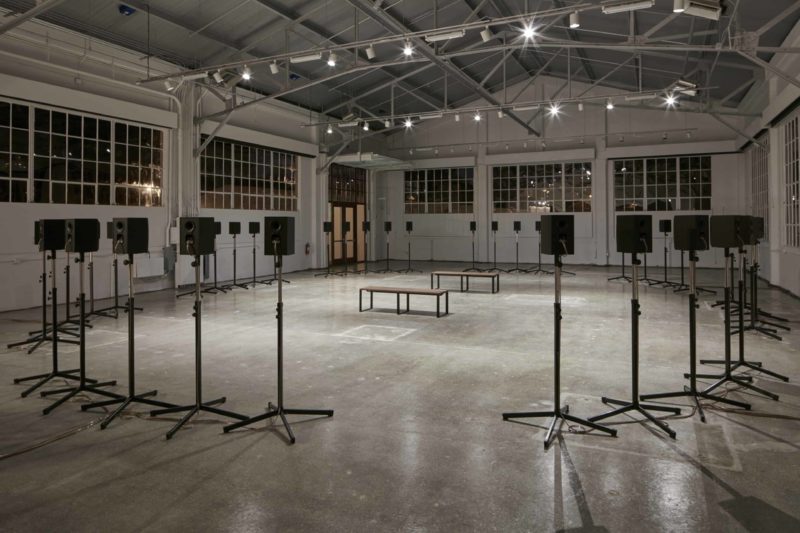
Video: Janet Cardiff about The Forty Part Motet, 2015
5 min 26 sec
Reworking a 16th-century choral masterpiece
Reworking a 16th-century choral masterpiece
By reworking the choral masterpiece, Spem in alium nunquam habui which was originally done by a 16th-century music composer, Thomas Tallis 23, Cardiff has created a work of art that even can never be duplicated. She achieves different sounds for each of the 40 speakers by lifting and magnifying each of the individual voices of the Salisbury Cathedral Choir used.
How the 40 Part Motet works
Listeners of the 40 Part Motet can easily pick up alto, tenor, baritone, bass and child soprano from the voices. To bring out an actual choir effect, the arrangement of the speakers has been deliberate. Set up in groups of 8 speakers, each set appears to represent five singers, each with their vocal prowess drawn from the five available voices. To enjoy the 40 Part Motet, a visitor can either move between speakers for a sound of two voices at a time or forget the groups and allow oneself to be swallowed by the intricate choral ensemble.
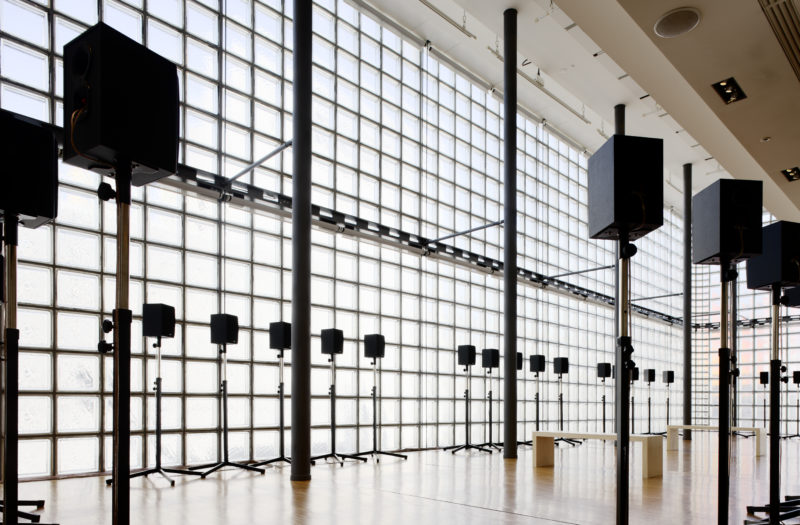
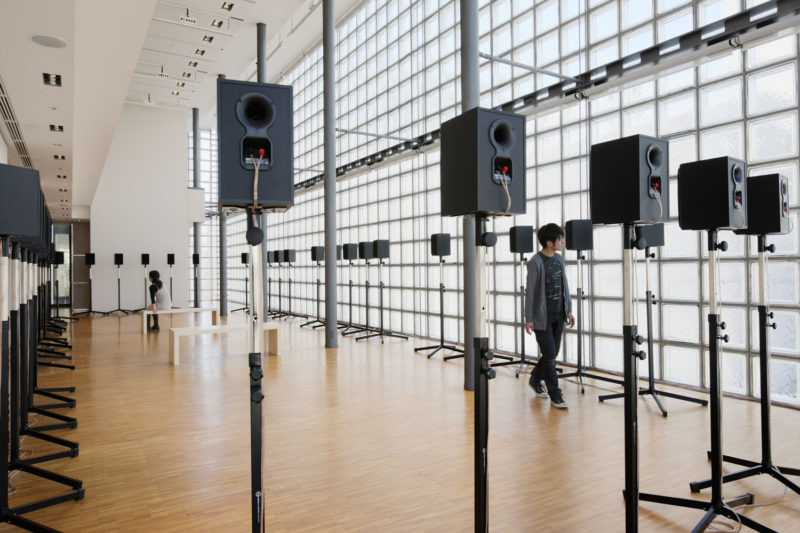
The recording of the 40 Part Motet took part on the grounds of this quiet and serene cathedral. Why then are there other voices heard that do not seem to be part of the song? During periods between the sessions, the singers took a break, Cardiff kept the recording team on their toes. It is the interludes of people talking and moving about that gives the 40 Part Motet such an intimate connection with its listeners.
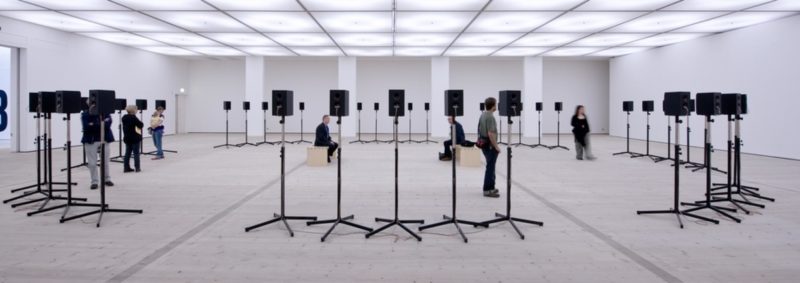
Video: Janet Cardiff about The Forty Part Motet, 2017
4 min 53 sec
Analysis
Analysis
Through this particular sound project, Cardiff is successful in creating the perfect human experience. Each life has its moments of calm and disaster, but what characterized life is the sweet music of being alive. Sitting in the room to be engulfed by the wholesome wall of melody offers instant healing to the mind and souls, but so is going about the room, listening to each of the 40 angelic voices coming from the speakers.
